For many decades a list of the summer visitors to Largo was published in the local papers. The above is an early example from the 20 August 1875 East of Fife Record. Compared with later years, this list was relatively short. Later examples were more extensive - once the boarding houses and 'marine villas' of Lundin Links had built around the turn of the century and several developments had taken place in Lower Largo. Nevertheless, even in the 1870s, both Lower Largo and Lundin Mill were known as sea-bathing destinations. The extract below from the 1877 Worrall's Directory speaks of the "considerable number of handsome villas at Lundin Links which are let out to families in the bathing season." These were the early developments at Crescent Road and close to the station.
The list above indicates that the majority of visitors came from Edinburgh - a trend started by the steamers that ran in the early 19th century and accelerated by the arrival of the railway in 1857. However, during this era it was also common for visitors to come to Largo from the inland Fife towns and villages such as Cupar and Auchtermuchty, seeking some sea air and bathing. Some properties are named (such as Viewforth, Marine Villa, Craigie Bank, Goodsir House, Sea View, Drum Lodge and Murree Lodge) while others are recorded by the proprietor's name (e.g. Mrs Davie, Mrs Butters and Mrs Clunie).
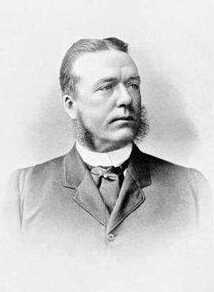
One of the visitors mentioned in the 1875 visitors' list is T.C. Glover at Bombay Cottage. Also known as Bombay Lodge, this property was at the Temple and was owned by well-known civil engineer Thomas Craigie Glover (pictured inset). He owned the property during the 1860s and 1870s and named it after the part of India where he had lived for a long spell and where some of his children had been born.
His obituary below from the 16 July 1904 St Andrews Citizen tells his interesting life story - from his birth in Leith, to his training as a civil engineer, spell in America and three decades in India where he directed many large engineering projects, including railways, Bombay docks and a huge dam at Tansa. He frequently returned to Scotland for holidays and owned a fine yacht.
He eventually retired to Earlsferry, where he purchased Earlsferry House and became Provost of the place. There is a Glovers Wynd named after him in the village. You can read more about his time there here:
http://www.eliehistory.com/explore/earlsferry-house-part1/
http://www.eliehistory.com/explore/earlsferry-house-part-2/
He sold Bombay Lodge in 1877, with its five bedrooms, coach house and stable, croquet lawn and vegetable garden (see 1 June East of Fife Record advert at foot of this post).
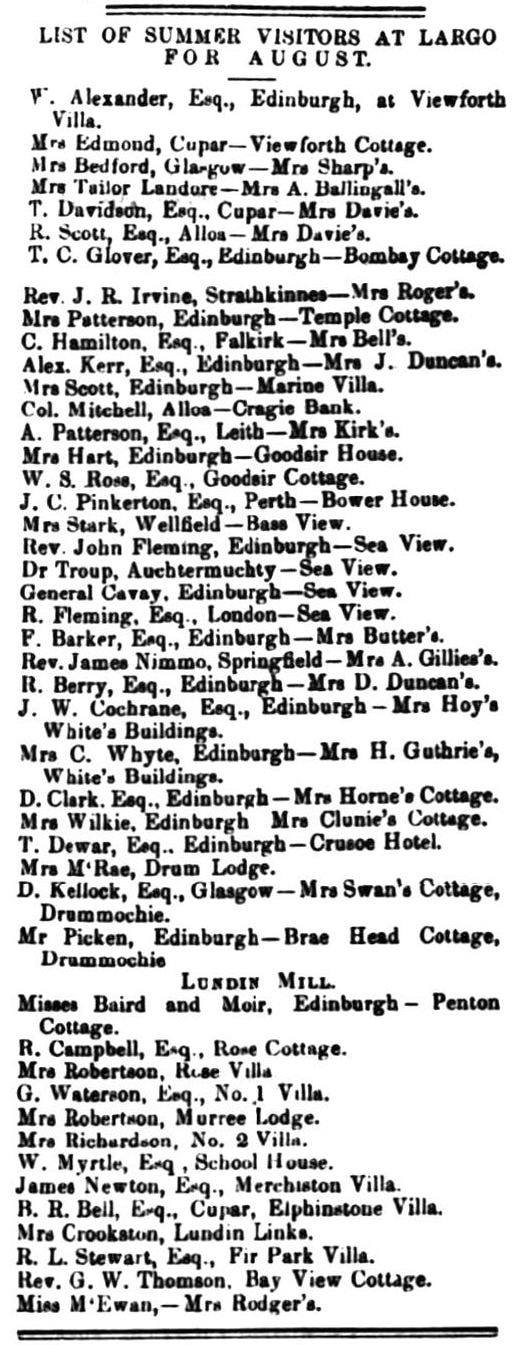
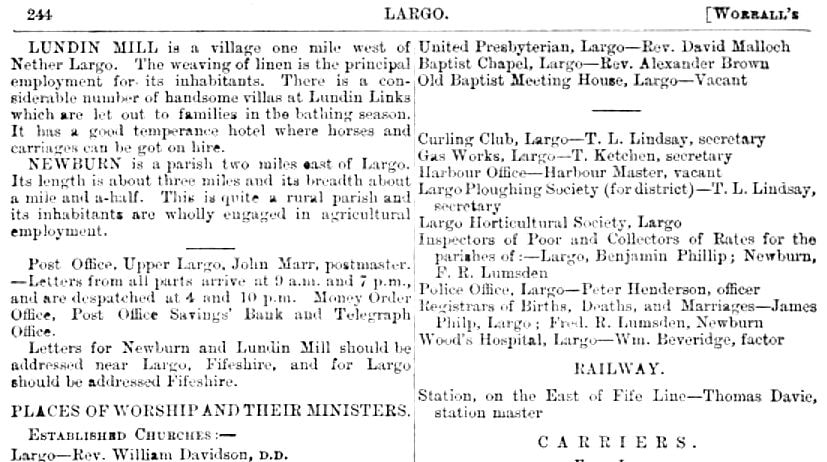
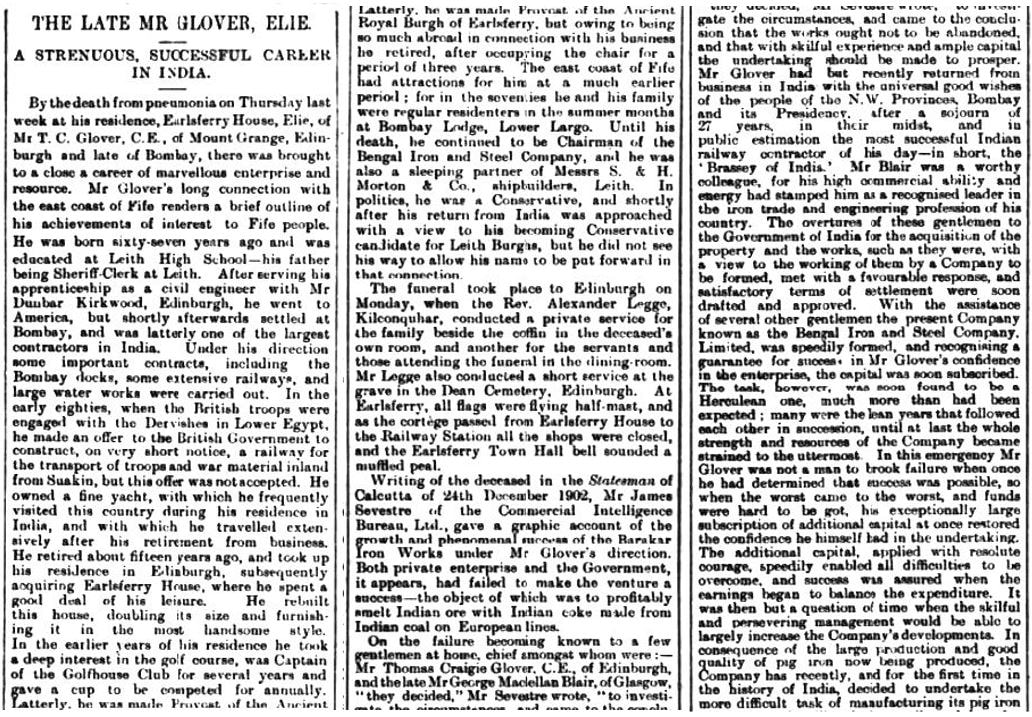
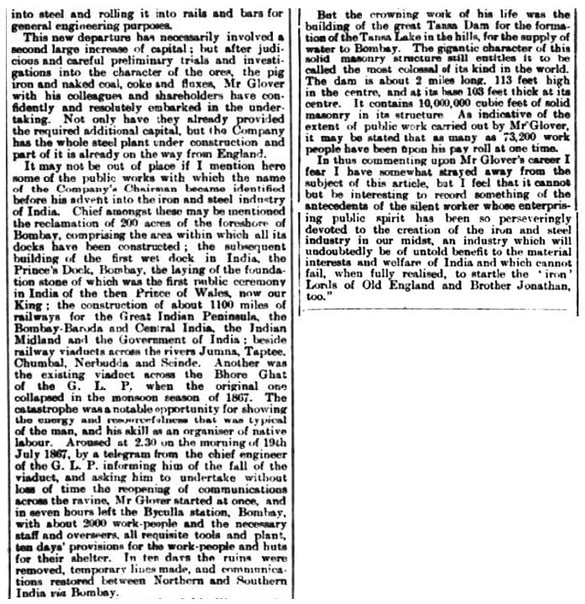
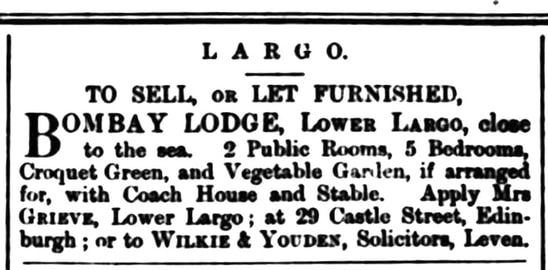
 RSS Feed
RSS Feed
